Food desertification in the Ifugao rice terraces

Last month, the Philippines celebrated Nutrition Month with the theme “Food at Nutrition Security, Maging Priority! Sapat na Pagkain, Karapatan Natin!” All over the country, government offices, local government units, and elementary and high schools marked the event with a number of activities including programs, feasts, and contests to highlight the variety of healthy foods that are available at home and in the markets.
In my locality, there was a week-long contest for elementary school students on who can bring the longest string beans, eggplant, and ampalaya and the biggest camote and tomato. The mood was festive and children had fun. For who would not be happy when the topic is food?
Nutrition Month happened in July but I don’t know if it should be relegated to a month of ritualistic activities which, for me, are devoid of substance. Yes, holding programs, feasts, and contests on healthy and nutritious foods may help build familiarity in them, especially for schoolchildren. Yes, highlighting the health benefits from the consumption of vegetables may help inculcate in young minds the importance of choosing well when it comes to food. However, the question is, after July, what happens? Have there been meaningful transformations in terms of the quality of foods sold in the market? Do children eat well from August until the next Nutrition Month? Or is it just another fiesta to punctuate the usual in this tropical country?
In terms of food security and nutrition, the situation from region to region, from province to province and from one locality to another varies. As an Ifugao researcher who recently published in the Agroecology and Sustainable Food Systems journal an article titled “From diverse foods to hybrid rice: Agroecology’s retreat in an Ifugao village,” I wish to bring light on a little-known issue in Ifugao province, home of the rice terraces, Unesco World Heritage Sites. Most local and international tourists have limited knowledge about the present situation of the rice terraces except, perhaps, as a pretty backdrop for photos to be shared on social media.
The truth is that the Ifugao rice terraces are far from what they were 30-50 years ago when the effects of modern agricultural practices had not yet come into full effect. In those times, most farmers still cultivated their rice fields using centuries-old sustainable and environmentally friendly principles of agroecology. There was harmony between humans and the environment as everything was done naturally. While planting was done once a year to give the soil enough time to rest, other crops like taro and camote supplemented rice. Various other foods were foraged, caught, or grown on the rice terraces and nearby areas. These included freshwater snails, fishes, insects, frogs, birds, and vegetables. While livestock was butchered only in special occasions and rituals, the above foods as well as game hunted in the mountains and forests made up for an array of healthy and nutritious foods accessible and readily available.
Changes began to occur when a cabal of entities from the government, research institutes and agrochemical corporations spread the idea that so-called high-yielding rice varieties (HYVs) developed in laboratories can increase harvest with their more robust nature and the possibility for planting more than once yearly. Of course, farmers needed to change their repertoire of cultivation into one requiring the regular application of inorganic fertilizers, pesticides, herbicides, and fungicides. Biodiversity went downhill from there as the land and the water were made inhospitable to flora and fauna.
Coupled with the introduction of invasive species like the golden apple snail, various weeds, and the Asian swamp eel, the rice terraces, once teeming with life which nourished Ifugaos, has been rendered bare. With food desertification setting in, this supermarket in the wild has become a production site only for HYVs and commercial vegetables for sale in the market. Substituting these formerly cultivation sites for healthy and nutritious foods are sari-sari stores with canned goods, noodles, commercially produced eggs, and dried fish on display. Yes, food is still available but not the quality ones.
Furthermore, the numerous types of heirloom rice, taro and camote have all but vanished, replaced by HYVs that are milled after harvest, resulting in a staple that has very little for nutrition and even less in terms of health. This combination of HYVs, commercial vegetables, and store-brought factory fare is far from being healthy and nutritious.
So, in celebration of Nutrition Month, what have we done to address the above issue—and similar ones all over the country?
—————-
Armand N. Camhol is an Ifugao from the Tuwali ethnolinguistic group and is a Ph.D. candidate at the National Chengchi University in Taipei, Taiwan (Email: 109265510@nccu.edu.tw).



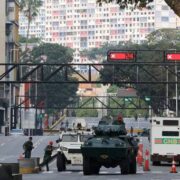
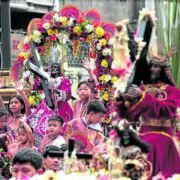
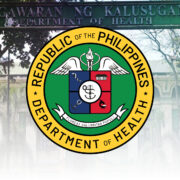
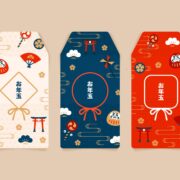





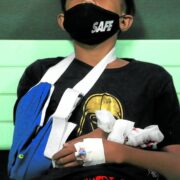
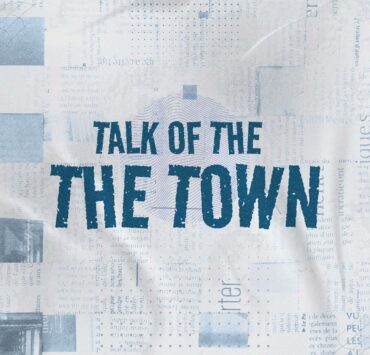



Con-con must wait until DPWH scandal is resolved